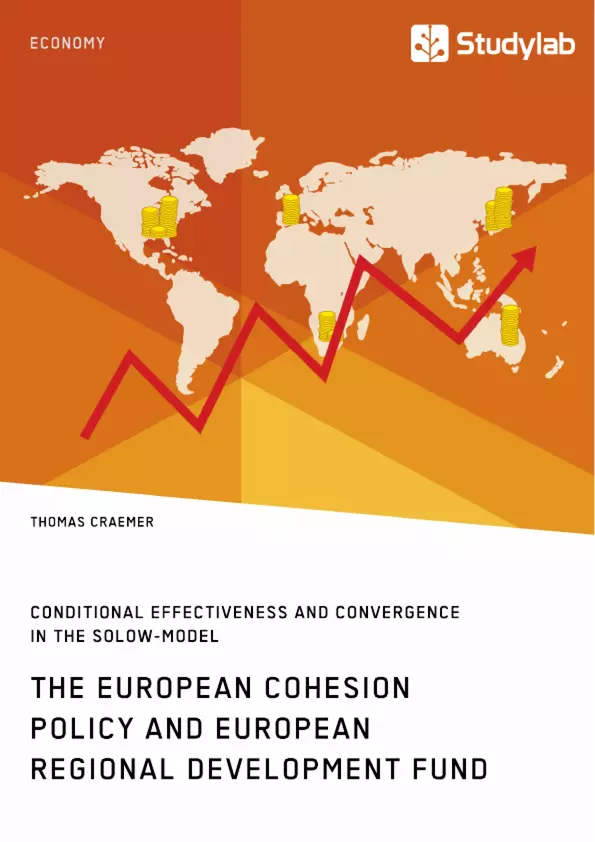Although the EU is growing ever closer as a single economic entity, the difference in wealth and economic power among its member nations – from Germany and France to Romania and Bulgaria – is still enormous. This is despite the European Union’s continuous efforts to reduce welfare differences between its member states since its foundation in 1958: The long-term objective of the EU is a convergence of income and GDP per capita levels within the entire Union. This policy is known as European cohesion policy, which nowadays accounts for more than one third of the EU’s total budget.
The vast financial importance of the cohesion policy naturally begs two questions: Are structural funds effective in promoting economic growth? And if so, do they promote income and welfare convergence within the EU? Yet most studies so far have merely yielded fragmented results, as they only focus on single EU member states, or consist of data for short time periods.
In contrast, this study captures long-term effects of structural funds in the recent past and delivers accurate and meaningful empirical results. It focuses on data for the European Regional Development Fund since this is the most important item of cohesion policy which financially supports projects that aim to foster convergence directly.
In this book:
- European cohesion policy;
- structural funds;
- European Regional Development Fund;
- economic convergence;
- Solow-Model;
- growth theory
Inhaltsverzeichnis (Table of Contents)
- Introduction
- European Cohesion Policy - Policy Background
- The Evolution of Cohesion Policy and the ERDF
- The Practice
- European Cohesion Policy in the Light of Current Literature
- Neoclassical Growth Theory
- Endogenous Growth Theory
- Further Theoretical Approaches
- Evaluation Literature
- Empirics
- The Effectiveness of Structural Funds
- ERDF Support and Convergence
- Policy Implications
- Conclusion
Zielsetzung und Themenschwerpunkte (Objectives and Key Themes)
This work explores the effectiveness of the European Cohesion Policy and its impact on regional development within the framework of the Solow model. The study aims to analyze the contribution of the European Regional Development Fund (ERDF) in fostering economic convergence across European regions.
- The evolution of the European Cohesion Policy and the ERDF
- The impact of the ERDF on economic convergence
- The effectiveness of structural funds in promoting regional development
- The application of neoclassical growth theory and endogenous growth theory to analyze the impact of the ERDF
- The role of policy implications in optimizing the effectiveness of the European Cohesion Policy
Zusammenfassung der Kapitel (Chapter Summaries)
The introduction provides an overview of the research topic, outlining the objectives and key themes of the study. Chapter 5 delves into the policy background of the European Cohesion Policy, examining its evolution and the role of the ERDF in promoting regional development. Chapter 6 explores the relevant literature, focusing on neoclassical growth theory, endogenous growth theory, and other theoretical approaches to evaluate the effectiveness of the ERDF. Chapter 7 presents empirical evidence on the effectiveness of structural funds and their contribution to economic convergence. This chapter examines the impact of ERDF support on regional development and analyzes the policy implications of these findings.
Schlüsselwörter (Keywords)
The key terms and concepts of the work include: European Cohesion Policy, European Regional Development Fund (ERDF), economic convergence, regional development, neoclassical growth theory, endogenous growth theory, structural funds, effectiveness of development aid, and policy implications.
- Quote paper
- Thomas Craemer (Author), 2017, The European Cohesion Policy and European Regional Development Fund. Conditional Effectiveness and Convergence in the Solow-Model, Munich, GRIN Verlag, https://www.grin.com/document/379200



